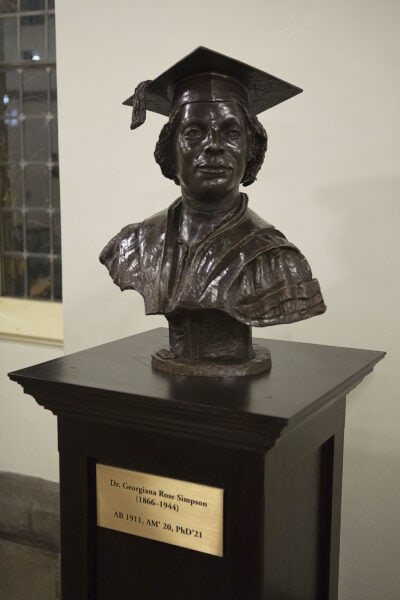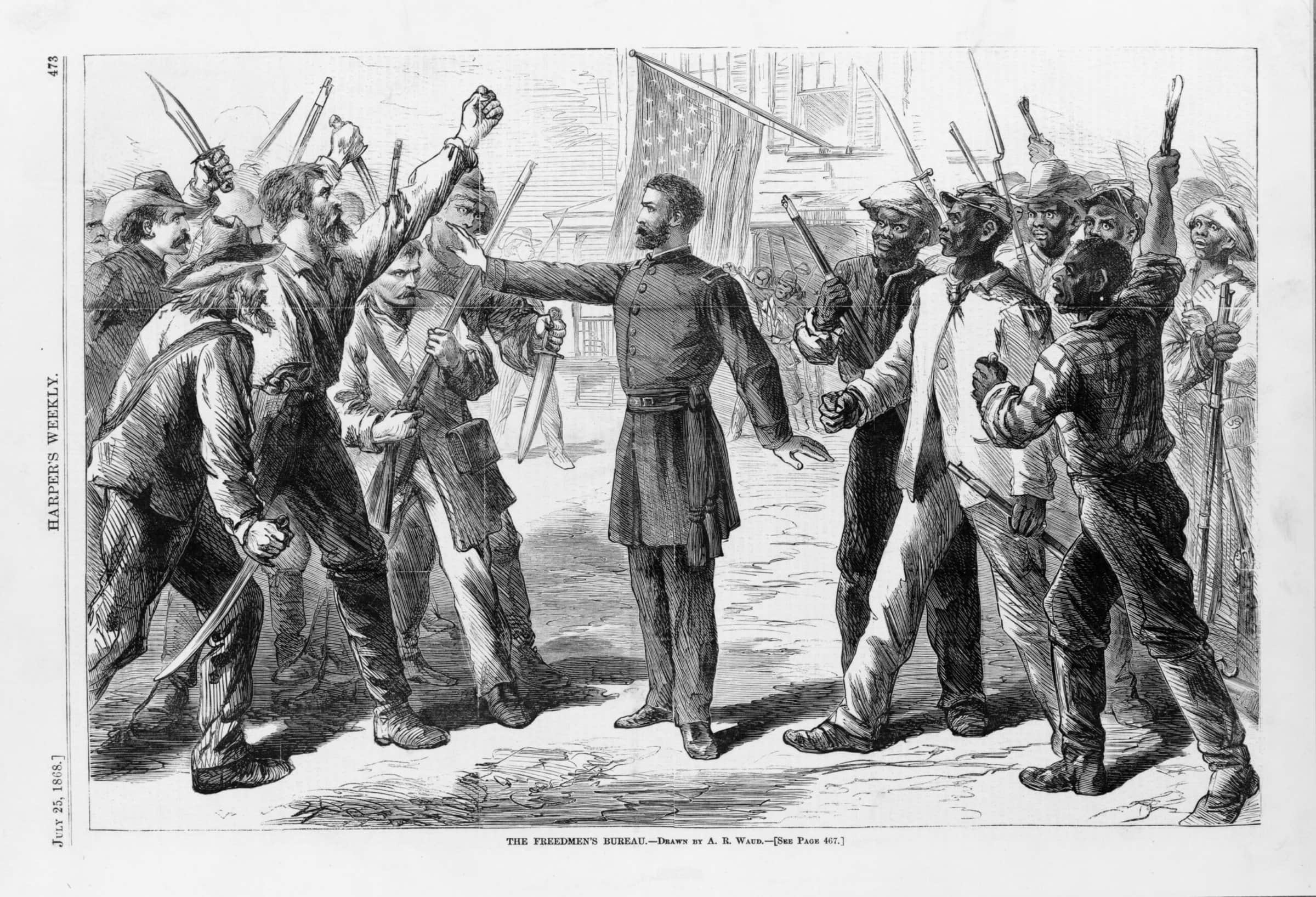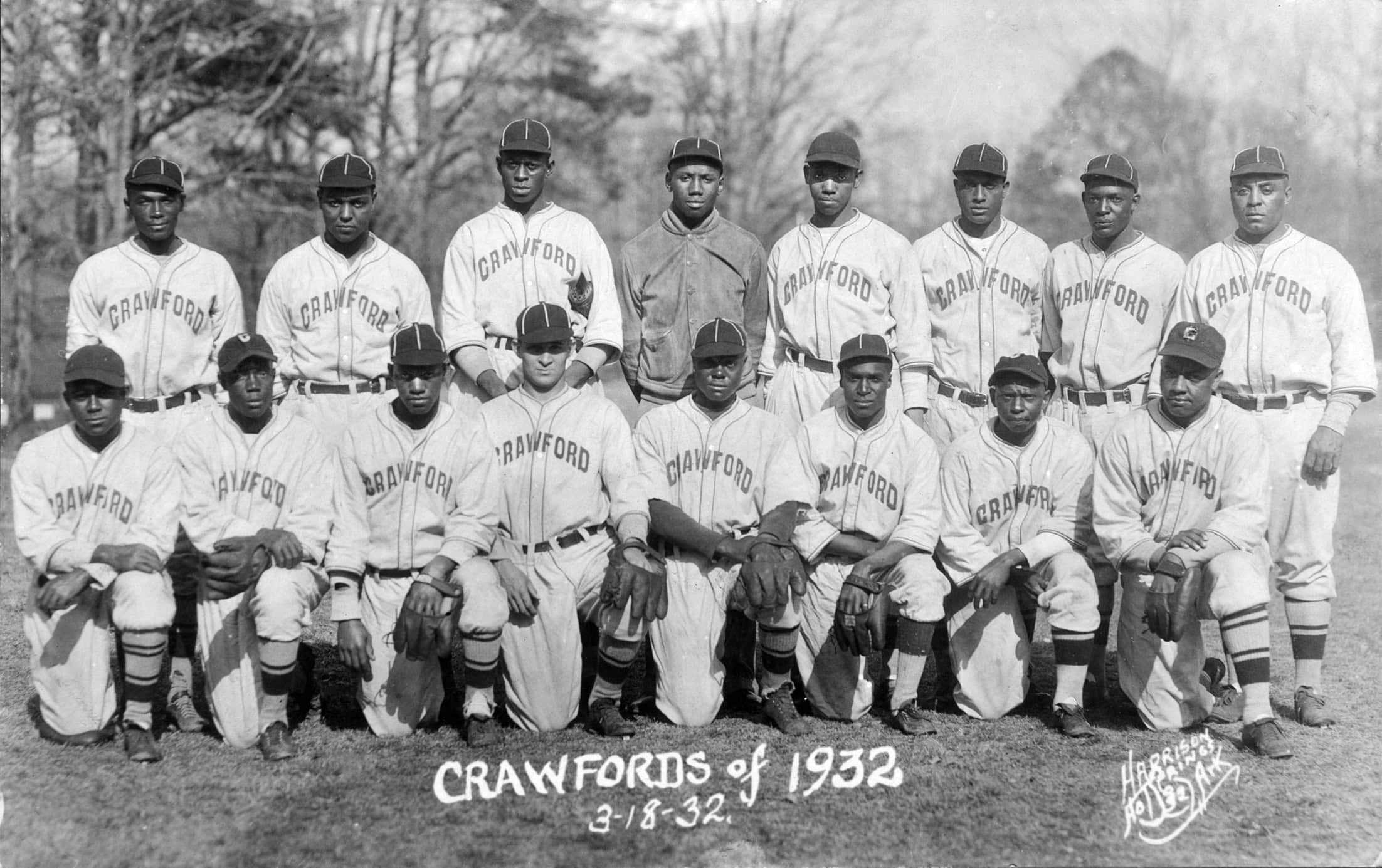“Black women are often the footnotes in other people’s stories and histories,” I remarked in 2017. This observation was born out of my archival research experience as an undergraduate student at the University of Chicago. While a student, I co-commissioned a bust of University of Chicago graduate Georgiana Rose Simpson, the first Black woman to earn a PhD in the United States. This is just one Black woman’s legacy that has been cemented in our nation’s historical landscape. There are many more stories still to be told, but systemic barriers stand in the way of both telling and protecting Black women’s histories.

A bust of Georgiana Rose Simpson now sits in the University of Chicago’s Reynolds Club. Beth Rooney
Simpson’s journey at the University of Chicago highlights some of those barriers. Born in Washington, DC, in 1865, she received formal training as a teacher under Dr. Lucy E. Moten at Miner Normal School. After teaching for many years at M Street High School, where other prominent scholars such as Carter G. Woodson and Anna Julia Cooper taught, Simpson enrolled at the University of Chicago in 1907. Although the university was a pioneer in women’s higher education, only one Black woman had earned a degree there before Simpson arrived on campus.
Simpson’s time on campus was cut short almost immediately by racism. When she arrived, Simpson moved into Green Hall, the women’s dormitory. A group of southern white women students protested her presence in the women’s dorms, causing university president Harry Pratt Judson to order her to leave campus. Forced to complete her degrees through correspondence, Simpson’s story exemplifies the challenges Black women faced—and continue to face—in predominantly white institutions. Undeterred, Simpson earned her master’s degree in 1920 and her PhD in German philology in 1921 at age 55. Her dissertation, “Herder’s Conception of Das Volk,” was completed at a time of anti-German sentiment after World War II and anti-Black racism in the United States.
Nearly a century later, as a first-year student at the University of Chicago, I was drawn to Simpson’s story, particularly as I navigated the complexities of being a Black student at a predominantly white institution situated in a historically Black neighborhood on the South Side of Chicago. Alongside my fellow undergraduate Asya Akça, I began working to honor Simpson’s legacy with a memorial on campus.
We raised nearly $50,000 for the monument.
Much like Simpson, Asya and I had to make do with the few resources we had. We contacted as many people as we could to help us get the approvals and reach the stakeholders we needed to commission the monument. Despite having no formal background in this kind of work, we raised nearly $50,000 for the monument. Simpson’s bust now sits in the Reynolds Club, a building once reserved exclusively for white men, opposite a bronze relief of the very president who expelled her from campus. Her gaze is deliberately turned away from Judson. This juxtaposition goes beyond symbolism; it is a powerful act of reclaiming and recontextualizing history. It is also a reminder that history is not a static recounting of events but a dynamic process of inclusion and exclusion.
This act of commemoration is not rewriting history. Instead, it is intended to reveal a story that had been systematically erased or deliberately hidden. It is about elevating those who have been relegated to the margins of history and making them the central figures in their own narratives. According to art historian Sierra Rooney, only 6 percent of monuments in the United States are dedicated to historical women, with an even smaller percentage honoring Black women. Among these, familiar figures such as Sojourner Truth and Harriet Tubman are often the focus, while countless other women remain unacknowledged.
Monuments are one of the most visible forms of historical memory, shaping our collective understanding of the past and influencing present political discourses. As Michel-Rolph Trouillot argues in Silencing the Past, the production of history is not a neutral process; it is deeply influenced by power dynamics, with certain narratives highlighted while others are silenced. Simpson’s monument, in this light, is not just a tribute to a pioneering scholar but a corrective to the historical record—an act of reinscribing a once-marginalized figure into broader narratives of American history. Yet, it’s not easy to build these monuments or to correct the historical record. The story of Simpson and the University of Chicago speaks to the larger, often untold, history of race and gender politics in American higher education. It challenges us to consider who gets to be remembered and why.
Simpson’s monument is not just a tribute to a pioneering scholar but a corrective to the historical record
The power of monuments lies not only in their presence but in the reactions they provoke. In December 2020, a bust of Breonna Taylor in Oakland, California, was vandalized just months after her death at the hands of police officers. Taylor’s killing had sparked the Say Her Name campaign, drawing attention to how state violence disproportionally affects Black women. The monument, a tribute to her life and a symbol of resistance, was met with hostility even before its completion. According to the New York Times, the artist was told to “pull it down” because it was seen as a “source of riots” even before he finished making it.
The challenge in making sure Black women are no longer treated like footnotes in history is not just telling their stories but protecting the mediums in which we tell them. Those who see Confederate statues as symbols of heritage must also question why monuments to Black women like Breonna Taylor are seen as provocations. The reality is that any historical narrative that is dependent upon the suppression of the truth or historical facts is one worth challenging.
In a sociopolitical climate marked by attempts to silence those who challenge the dominant narratives in American history through laws that prescribe how the history of race can be taught, we must remember that silences in history are not passive. In commissioning the Simpson monument, I learned how crucial it is to mediate what Trouillot called “the mentions and silences” that shape our understanding of the past.
Monuments are not just about remembering; they are about reimagining the stories we choose to tell. The Simpson monument stands as a testament to the power of such stories to challenge and transform our collective memory.
Shae O. Omonijo is a history PhD candidate at Harvard University.
This work is licensed under a Creative Commons Attribution-NonCommercial-NoDerivatives 4.0 International License. Attribution must provide author name, article title, Perspectives on History, date of publication, and a link to this page. This license applies only to the article, not to text or images used here by permission.


